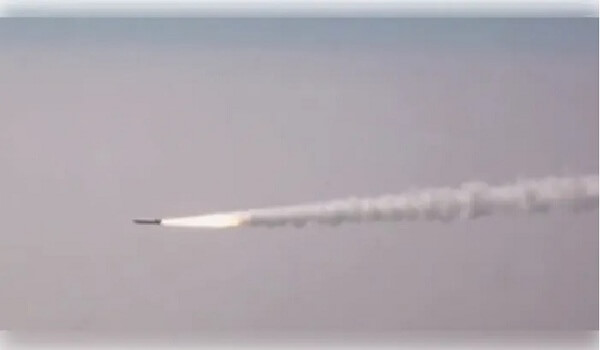SOURCE: AFI

India’s indigenous defense development takes a leap forward with the introduction of the RudraM-II missile. This new weapon system significantly bolsters the Indian Air Force’s (IAF) combat capabilities, offering a potent tool for dismantling enemy defenses.
Drawing inspiration from the well-regarded Russian Kh-31 missile series, the RudraM-II is a testament to India’s growing self-reliance in defense technology. Developed by the Defence Research and Development Organisation (DRDO), it represents a new generation of air-to-surface missiles built entirely within India.
Aptly named “Rudram,” which translates to “remover of sorrows” in Sanskrit, this missile promises to be a source of concern for those on the receiving end. As an anti-radiation missile, the RudraM-II specifically targets and neutralizes enemy radar installations. This effectively blinds enemy forces, hindering their ability to detect and track incoming aircraft or other threats.
The RudraM-II boasts impressive specifications. With a range of 300 kilometers and a speed exceeding Mach 5.5 (roughly 6,791 km/hr), it can engage targets swiftly and from a safe distance. The 200-kilogram payload packs enough punch to effectively destroy enemy radars and other designated targets.
The RudraM-II offers pilots versatility in combat situations. It can be employed in Lock-on-Before-Launch (LoBL) mode, where the target is precisely identified and locked onto before firing, ensuring pinpoint accuracy. Alternatively, the Lock-on-After-Launch (LoAL) mode allows for greater flexibility by firing the missile first and then acquiring the target during flight, ideal for engaging targets beyond the immediate line of sight.
Reports suggest the DRDO is working on ensuring compatibility with all IAF fighter jets. This would be a significant achievement, as India currently lacks a domestically developed supersonic air-launched cruise missile with such widespread compatibility within its air force. This versatility has the potential to elevate India’s air defense capabilities to a new level.
The RudraM-II is specifically designed for SEAD missions, which aim to neutralize or destroy enemy air defense systems, including radars and surface-to-air missile sites. Its capabilities extend beyond traditional SEAD roles, allowing it to target ground-based air defense radars, stationary aircraft, and even underground facilities. Additionally, the RudraM-II shows promise as a potential anti-ship missile.